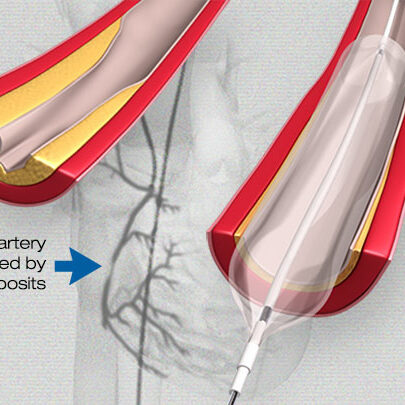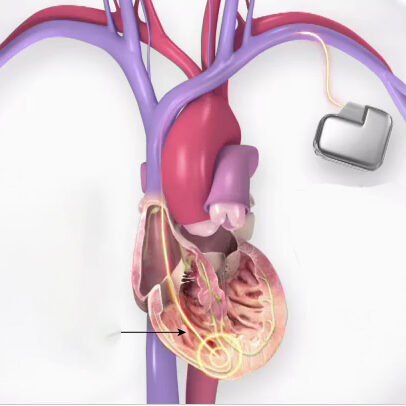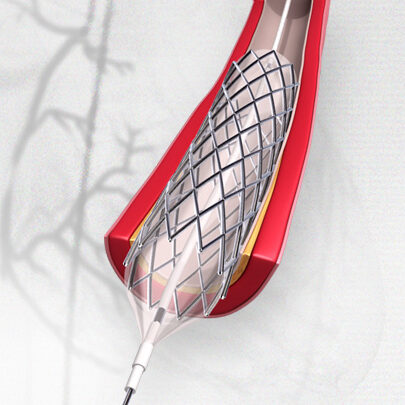Education
Home > Education

Education Materials
There's Comfort In Knowing
Learn more about common cardiac procedures and surgeries and give yourself comfort through understanding.

Angiogram
Coronary Angiogram
A Coronary Angiogram is a special X-ray test performed to find out if your coronary arteries are clogged, where and by how much. During an angiogram, your doctor inserts a thin tube (catheter) into an artery and up to the heart. Once in place, a dye that is visible by X-rays (contrast dye) is injected into the bloodstream. The X-ray machine takes a series of images (angiograms) which will show any areas of narrowing. Source: American Heart Association

Angioplasty
Percutaneous Coronary Intervention (PCI)
Angioplasty (also called percutaneous coronary intervention or PCI) opens blocked arteries and restores normal blood flow to your heart muscle. It is done through a small puncture in a leg or arm artery and opens a clogged heart artery by inflating a tiny balloon in it. It is often combined with implantation of a stent to help prop the artery open and decrease the chance of another blockage. Source: American Heart Association

Pacemaker
Cardiac Pacemaker
A pacemaker is a small battery-operated device that helps your heart beat in a regular rhythm. It does this with a small electric stimulation that helps your heart to beat regularly. Your doctor puts the pacemaker under the skin on your chest, just under your collarbone. It’s hooked up to your heart with tiny wires. Source: American Heart Association

Stent
Coronary Stent
A Coronary Stent is a tiny wire mesh tube used to prop open an artery during angioplasty. The stent stays in the artery permanently. The stent will also improve blood flow to the heart muscle and will relieve chest pain (angina). Source: American Heart Association
